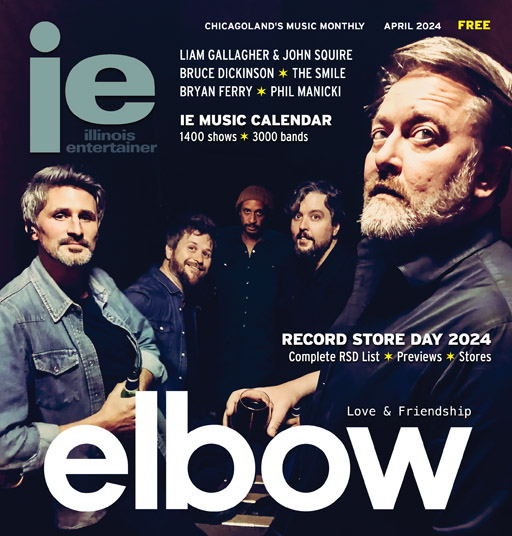‘Til The Broad Daylight
Timing is everything. Well maybe not everything, but it’s damned important – especially in music. Time seems to be the backbone of writing about music, too. Musician bios, for example, are presented in chronological order. One of the most fascinating of such lives is Dave Van Ronk‘s in The Mayor Of MacDougal Street (DaCapo). Van Ronk’s Zelig-like life, detailed in this posthumously published autobiography (ably edited by Elijah Wald), gave him a front-row seat in a variety of musical scenes.
He was into jazz and then – living in its ground zero, Greenwich Village – he became part of the folk revival (a.k.a. “the great folk scare”). Van Ronk understood that movement was not really part of the folk tradition, which, he maintains, is embedded in an oral culture that “produces different versions of the same song, and eventually leads to entirely new songs.” “[T]his folk process has been short-circuited,” he says, “first by widespread literacy and later by the phonograph, radio, and TV. As a result, with the exception of a few holdouts – some rap and street poetry, kid’s game rhymes, bawdy songs, and so forth – there is very little folk music in modern-day America.”
Van Ronk was a well-respected musician who never made it big, yet he certainly rubbed shoulders with those who did, like that kid from Minnesota who crashed on his couch for months, Bobby Somethingorother. He also worked and hung out with a variety of others crucial to the folk scene, like venue owners and magazine publishers. In describing his life, he is recounting music history. Van Ronk’s mordant sense of humor and worldly wisdom make this insightful book a delightful read.
Changes through time – usually presented in some narrative form, is what we call history. George Gimarc forgoes the story in his Punk Diary: The Ultimate Trainspotter’s Guide To Underground Rock 1970-1982 (Backbeat). Instead, he has created a verbal time-lapse photography of punk. In chronological order, Gimarc lists a variety of punk events: when key albums and singles were released; when bands debuted, signed record deals, had lineup changes; notable concerts and festivals; and when punk poobahs were incarcerated or met their demise. The two-inch thick tome is studded with black-and-white shots, including album covers, festival and concert flyers, and punk magazines. He takes a generous definition of the genre, including XTC, Squeeze, Bob Marley, and Kraftwerk, along with the better known (Clash, Sex Pistols, Buzzcocks), the obscure (TV21, Blurt, Pork Dukes, Fad Gadget), and my faves (Anti-Nowhere League, The Business, Celibate Rifles, Bad Religion). Each entry contains a snippet of interesting information, including how the band took its name, a fragment from a review or interview, or a list of album tracks. Other entries remark about some future significance, making the term “diary” a bit misleading, since the remarks were written decades after their time.
Obviously much of rock itself writes about time. How many song lyrics, like “time is on our side” and “our time will come,” harp on passage? Indeed, time is the focus of one record that vies for the title of the first rock song: Bill Haley & His Comets‘ “Rock Around The Clock.” And time is the theme of #Jim Dawson#’s excellent history of that song, Rock Around The Clock: The Record That Started The Rock Revolution! (Backbeat). Cut in record time on April 12th, 1954, the label honcho made the group spend most of the session doing his pick for the single’s A-side, “13 Women.” With only 30 minutes left, they recorded the B-side. It was a fine take with one problem: Haley’s vocals couldn’t be heard. The group went through the song again with minutes left on the clock, but this time the mics on the instruments were turned off. The master tape was created by recording machines simultaneously playing both tapes. “RAC” wasn’t a hit when it was released, but it did get more play than the A-side. Coincidentally, the recording was made on the same day MGM announced its acquisition of the film rights to Evan Hunter’s new novel, Blackboard Jungle. When “RAC” was used for the movie – a sensation in mid-1955 – over its opening and closing credits, it rocketed to number one in Billboard’s July chart.

Beyond detailing the song’s commercial life, Dawson delves into a rich variety of histories, including those of radio DJs, recording technology, record labels, live music scenes, and guitar solos. He also chronicles the term rock. One of the earliest songs to use the term was “My Man Rocks Me (With One Steady Roll)” from 1922, with the pregnant line: “I looked at the clock and the clock struck one . . . ” Haley’s hit song was credited to Max C. Freedman, but he had basically stolen it – providing a different accent and the addition of the word “tonight” – from Sam Theard’s 1950 song of the same name.
Of course, Dawson also recaps Haley’s biography. When his main claim to fame arrived, he was a 29-year-old yodeling champ with a receding hairline and a bad eye; his iconic spit-curl was created to draw attention away from those problems. Like the other examples of cultural and social miscegenation that rocked the mid ’50s, Haley, from Pennsylvania, combined R&B rhythms with country & western (Gene Autry without the Okie accent) vocals. But by 1958 Haley was a man out of time. His career and his personal life went sadly, and very badly, downward until he died in 1981.
– Deena Dasein
Category: Monthly









